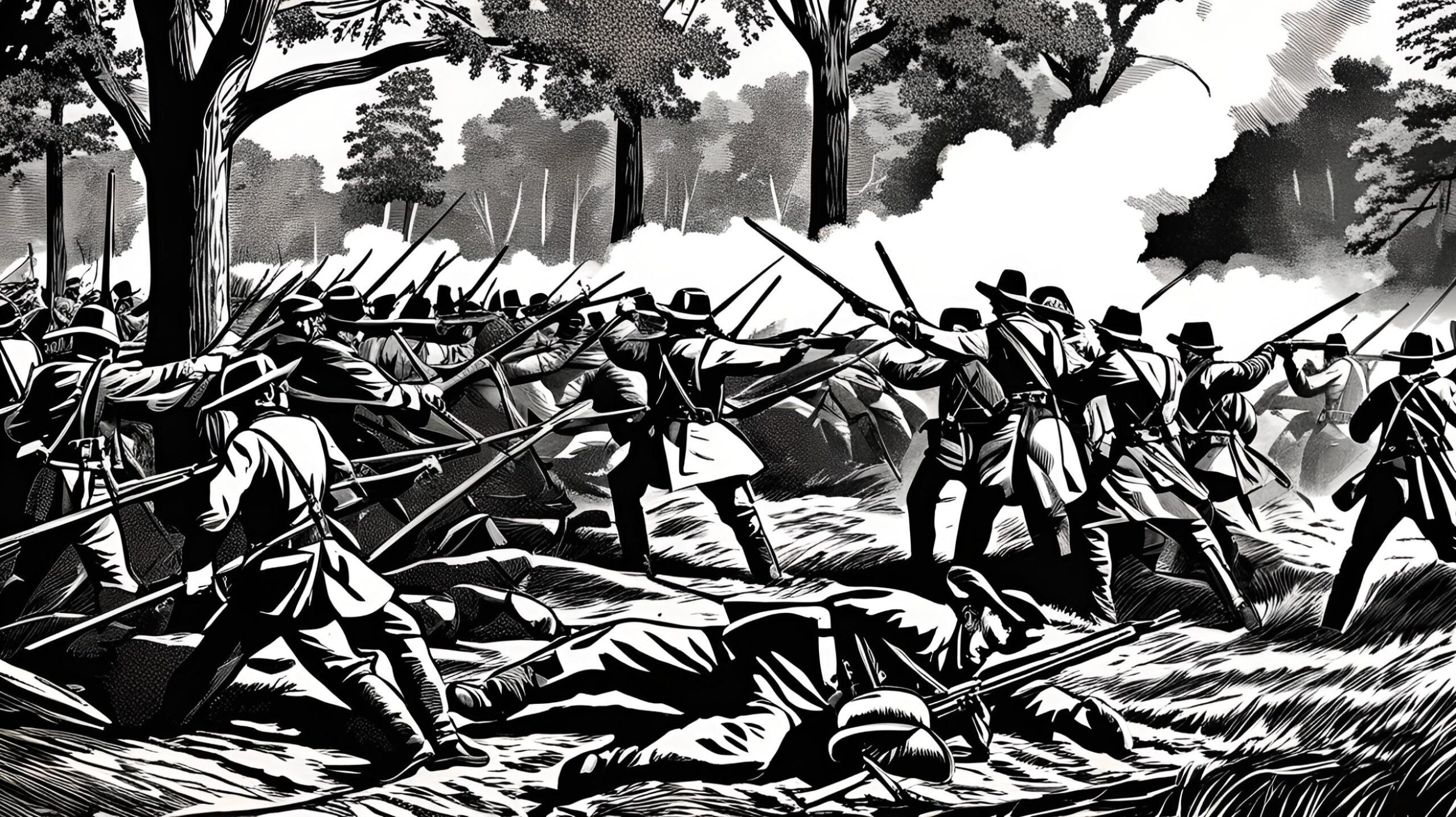Flashback to September 1
American History

On May 27, 1907, the city of San Francisco faced a grave public health crisis with the outbreak of the bubonic plague. This devastating event left a lasting impact on the city and its residents. Today, we delve into the details of this dark chapter in San Francisco’s history and explore its significance.
The bubonic plague, also known as the Black Death, is a highly infectious and deadly disease caused by the bacterium Yersinia pestis. It spreads primarily through fleas that infest rats and can be transmitted to humans through bites. During the early 20th century, San Francisco served as a major port city, making it susceptible to the arrival of infected rats aboard ships.
The first cases of bubonic plague in San Francisco were discovered in the Chinatown district. The city’s health officials acted swiftly, urging quarantines and implementing measures to control the spread of the disease. However, the lack of knowledge about the bacterium’s transmission and limited medical resources made containment a daunting task.
Many residents, particularly those in Chinatown, faced discrimination and racial profiling due to the outbreak. Stereotypes and racist attitudes fueled the stigmatization of the Chinese community, leading to their unjust scapegoating as the sole carriers of the disease. Misinformation and fear caused an increase in discriminatory acts and heightened tensions within the city.
As the outbreak intensified, authorities enlisted the help of Dr. Rupert Blue, a federal health officer with expertise in infectious diseases. Blue’s arrival marked a turning point in San Francisco’s fight against the plague. Alongside his team, he implemented aggressive measures to eradicate the disease, such as mass fumigation campaigns, rodent control efforts, and public education initiatives.
One of the most significant advancements during this time was the discovery of the connection between fleas and rats in spreading the bubonic plague. By focusing on eliminating rats and their fleas, authorities were able to gradually bring the outbreak under control. The efforts to sanitize and improve living conditions in Chinatown also played a vital role in curbing the disease’s spread.
The bubonic plague outbreak led to major changes in San Francisco’s public health infrastructure. The city implemented stricter sanitation measures and invested in rat-proofing buildings and streets. These initiatives were crucial not only in preventing the recurrence of the plague but in establishing a more resilient and prepared health system overall.
Despite the tragedy and loss of life caused by the bubonic plague, this event catalyzed advancements in medical research and public health practices. It led to a better understanding of infectious diseases and their modes of transmission. San Francisco’s response to the outbreak served as a blueprint for future epidemics and inspired improvements in disease prevention and control measures worldwide.
The tragic events of May 27, 1907, will forever be etched in San Francisco’s history. The bubonic plague outbreak acted as a catalyst for change and highlighted the importance of proactive and coordinated responses to public health emergencies. It also reinforced the need for education, compassion, and unity in overcoming such challenges.
Over a century later, the lessons learned from this devastating outbreak continue to resonate. San Francisco remains a dynamic city, committed to the well-being of its residents and visitors. The legacy of the bubonic plague outbreak reminds us of the collective responsibility we share in maintaining public health and safety for all.
We strive for accuracy. If you see something that doesn't look right, click here to contact us!
Sponsored Content

The Civil War: Severe…
Experience the intensity of…

Henry “Scoop” Jackson, American…
Renowned American Senator-Democrat for…

Leonor Sullivan, American politician…
"Remembering Leonor Sullivan: prominent…

Great Hinckley Fire: A…
"Experience the chilling history…

In the USA, the…
On September 1, 1982,…

California Constitutional Convention held…
On September 1, 1849,…

